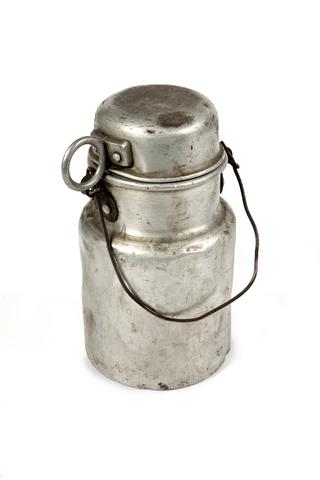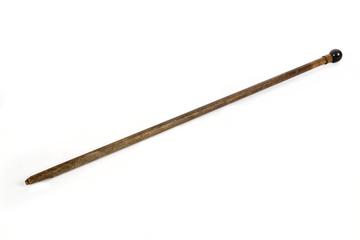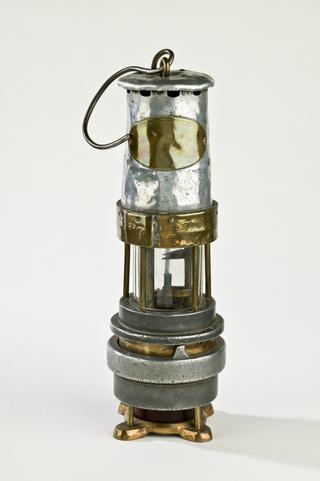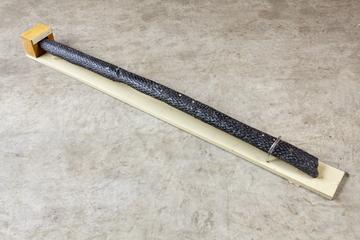
Johnson, Clapham & Morris miner's Davy lamp
- Made:
- 1880 in United Kingdom




Miner's 'Jack Davy' safety lamp, made by Johnson, Clapham & Morris, c. 1880.
This lamp is fitted with a gauze covered by Johnson, Clapham & Morris's patent #3920 of 23 October 1877.
The purpose of the gauze on a Davy lamp was to disperse the heat of the flame to reduce the risk of explosions. As mines went deeper, the ventilation had to be improved and this caused increasingly strong currents of air to impinge on the gauze. This started causing explosions.
In the 1830s it was widely recognised that the Davy had to been protected from even gentle air currents. Shields were introduced surrounding two thirds of the flame (see Y2002.19.3.1). However, over time and as ventilation currents increased, the shields became more complete and complicated. By 1850, Jack Davys like this one were introduced with a glass cylinder around the lower part of the gauze.
Details
- Category:
- Coal Mining
- Collection:
- Lancashire Coal Mining Collection
- Object Number:
- Y2002.19.13.1
- Measurements:
-
215 mm x 71 mm
- type:
- miner's oil safety lamp
- credit:
- Gift of Salford Museum and Art Gallery




